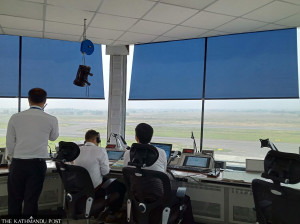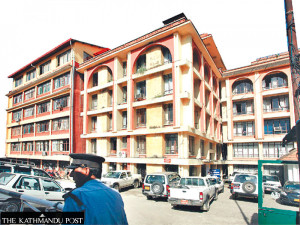Miscellaneous
2nd snow leopard gets radio-tagged
Director General Gopal Bhattarai said since snow leopards are notoriously elusive animals, radio-tagging will help them monitor their movements and learn about their habitats and behaviours
The device will help the Department of National Parks and Wildlife Conservation (DNPWC) keep tabs on the movement of the endangered animal.
Omikhangri is the second snow leopard from the region to be radio-tagged.
In November 2013, the DNPWC, with support from the National Trust for Nature Conservation and WWF Nepal, had fitted a radio device on a male snow leopard. DNPWC
Director General Gopal Bhattarai said since snow leopards are notoriously elusive animals, radio-tagging will help them monitor their movements and learn about their habitats and behaviours in real time.
Bhattarai said they managed to gather a lot of information on the animal they had radio-tagged before Omikhangri. “For instance,” he said, “we found that the animal was frequently changing its habitat, moving from Nepal to India and to China.”
By tracking the movement of snow leopards, conservation officials hope to draw a lot about their transboundary habitats, their behaviours and preferences. “The information gathered could be crucial in our conservation efforts,” Bhattarai said. A study done in 2009 puts the snow leopard population between 350 and 500.
Besides snow leopards, conservationists in Nepal are also monitoring the habits of endangered tigers and rhinos with the help of radio collar devices.




 20.48°C Kathmandu
20.48°C Kathmandu











